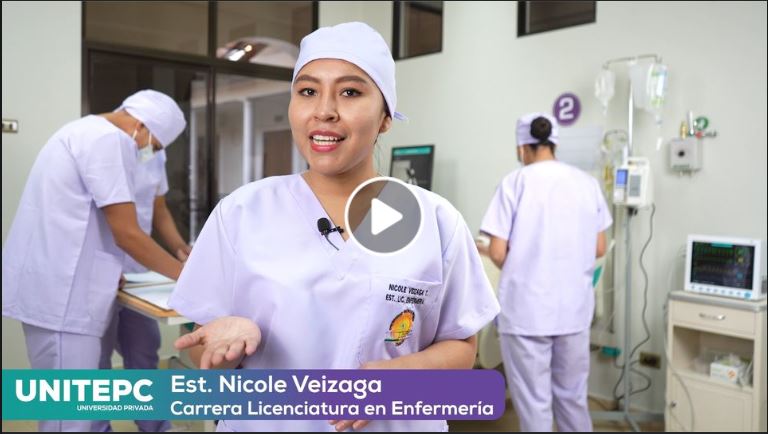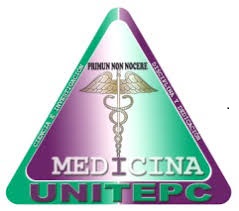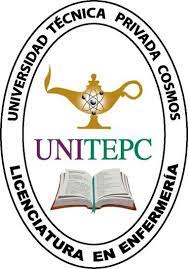Healthy schools, DMF and ceo-d index
DOI:
https://doi.org/10.36716/unitepc.v9i2.121Keywords:
DMF Index, Dental Caries, Public Health, Dentition, Mixed.Abstract
Introduction. Dental caries is a public health problem, the World Health Organization reports that between 60% and 90% of children worldwide suffer from visible caries. Early Childhood Caries is a severe and particular form, it is multifactorial, which affects the primary dentition. The objective of the study was to determine the index of ceo-d and CPO-d in schoolchildren from the municipality of Colcapirhua, Cochabamba. Methodology. The research work was developed within the framework of the quantitative approach, the designs correspond to descriptive, observational, cross-sectional and prospective cohort. The study population corresponds to 3,448 boys and girls of school age from 6 to 11 years old. Results. Of 3,383 schoolchildren with a greater distribution for males 50.5% and for females 49.5%. The prevalence of caries, according to ceo-d for the total population, was 64.8% and healthy 35.2%. It can be evidenced that teeth with cavities in 6-year-old children are present in 27.2% being the highest and 3.5% at 11 years in lesser proportion; it is similar 27% at 6 years in girls and the age with less frequency of caries 2.4% is at 11 years. Regarding the extractions in children, the highest data is at 6 years old 22.5% and in a lower proportion it is at the age of 9 years; in girls, the highest percentage is evident at 8 years old 27.2% and in a lower proportion at 11 years old 3.6%. In relation to the fillings, with greater frequency 28.8% it occurs at 8 years of age in boys and in girls at 7 years 23.7%. Discussion. The CPO-d index corresponds to 2.7 corresponding to a moderate degree of severity and ceo-d 4.7 reporting a severe degree, according to the parameters established by the WHO/PAHO. In Bolivia in 2015 they refer that the CPO-D index at the national level was 4.6 and ceo-d 7.2; Based on this, the goal proposed in the Comprehensive Development Sector Plan for Living Well 2016-2020 was met.
Downloads
Downloads
Published
How to Cite
Issue
Section
License

This work is licensed under a Creative Commons Attribution-NonCommercial 4.0 International License.










